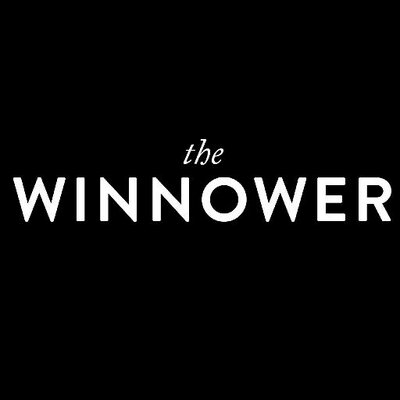Cucumber and blueberry, when eaten together, produce a combination of taste which is overall positive.
Together, I wouldn't say they enhance each other directly, but they dull each other's stronger flavours. For instance, some of the distinctly cucumber notes are lessened at the same time the bitter tones of blueberry are lessened.
Noticeable is the buttery flavour of blueberries still present. Overall the total flavour is not strong, but smooth.
The texture is dominated by the crunch of the cucumber whereas the blueberry, almost creamy in the presence of cucumber, is barely noticeable from the point of texture.
When cucumber is eaten directly after blueberries, the flavour of the cucumber overpowers the blueberry flavour quickly but not immediately.
When blueberry is eaten after cucumber, the flavour of the blueberry dominated the cucumber flavour in much the same fashion as the cucumber did to the blueberry.
C + B = C + B + 0.5CB


















